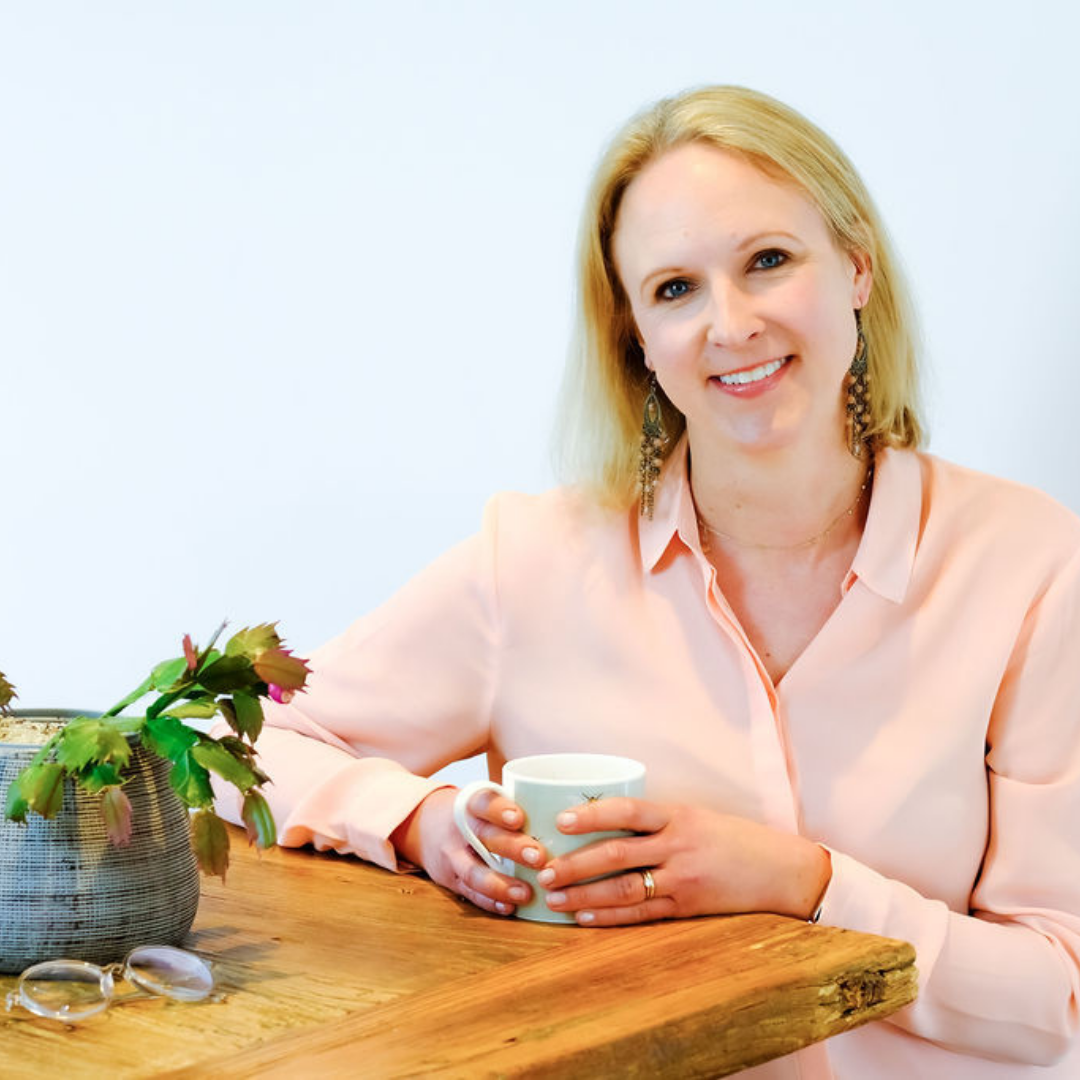Prioritise! How to use the L-I-A model

Some of the most common challenges I hear when I work on major donor fundraising with fundraisers and leaders are:
“We have a list of people we think could be major donors, but we’re just not sure where to start?”
“How do I know who could give a larger gift?”
“I’ve got a list of 200 names but they don’t seem responsive. I think we need to find some other potential major donors.”
Prioritising is crucial in major donor fundraising; prioritising who to try to build more personal relationships with. However, many charities don’t have a system to help them do this (so if that’s you, don’t worry, you’re not alone!).
Propensity, Affinity, Capacity, Proximity anyone?
These terms are often lurking in the background of major donor programmes (and sometimes used), but many people I work with find them clunky and technical and so have just stopped using them altogether.
If you have a system that’s working for you already which helps you prioritise, then, of course, carry on using that! But if you don’t, then this simple model could help you build deeper connections more quickly and raise more large gifts. It doesn’t matter whether you’re a small or large charity, whether you have a list of 20 potential high-net-worth individuals or 200, whether you’ve been major donor fundraising for years or have just started.
Introducing the L-I-A Model
LINK – INTEREST – ABILITY
I briefly explained these terms in a previous blog and here I want to help you put it into practice.
First, you need a list of who you think is (or might be) high-net-worth and could give a large gift to your charity. If you’re starting from scratch then stay close to home with those who already know your charity – these could be individuals who’ve given larger one-off donations of £250+ or £500+, or contacts who you think may have wealth or be connected to those that do. This will form your initial list.
L-I-A is a simple scoring model out of 15 for each individual on this list. So you select a number between one and 5 for LINK, INTEREST and ABILITY. I’ve put example definitions below that you can use and adapt to suit your organisation.
LINK
What is the person’s link to the charity?
This could be a contact who might able to introduce them to your organisation.
| 5 | Heavily involved and responsive |
| 4 | Sporadic contact |
| 3 | Lapsed or infrequent donor |
| 2 | No direct contact but a link identified (i.e. no contact details or they’ve opted out of communication but your trustee may know them well) |
| 1 | No direct contact and no link for an introduction |
INTEREST
How interested is the individual in your organisation or your cause area?
They may have a personal connection or motivation.
| 5 | Actively involved and specific motivations & interests are understood |
| 4 | Actively supporting but their specific motivations & interests are NOT understood |
| 3 | Indicated an interest in your organisation – directly or to a contact |
| 2 | Interested in the cause area but they don’t know your organisation |
| 1 | No interest or knowledge that you’re aware of |
ABILITY
Do they have the ability to give a large gift?
This shouldn’t be based on what a fundraiser or charity leader believes they can give but should be underpinned by prospect research.
| 5 | £50k+ |
| 4 | £10k-£50k |
| 3 | £5k – £10k |
| 2 | £1k-£5k |
| 1 | Under £1k |
Using the model
Take your list and adapted definitions and add four columns to your list – LINK, INTEREST and ABILITY and TOTAL. Score each person out of 5 for each category (LINK, INTEREST and ABILITY) and put the total in the TOTAL column. Input these totals into your database or records system, so you can retain the knowledge efficiently for future use.

Those who score 11-15 are high priority. Those who score 6-10 are medium priority and those who score 0-5 are low priority.
Does it feel uncomfortable putting numbers against people? It might do; we wouldn’t want our supporters to think they’re just a number or not important because they rated 1 or 2. So let me be clear – it doesn’t mean that those individuals with a lower score are not important to the charity, and if they’re existing supporters you clearly still want them to feel amazing about their giving. You are doing this scoring for very good reasons – so what are the benefits?
- You will give your supporters and potential supporters the best experience by doing this.
In a number of charities, I’ve seen potential HNW supporters taken out of an individual giving program and put onto a major donor list but they then stop receiving any communication from the charity at all. They end up no longer getting their usual supporter e-newsletters and appeals, as they’ve been put on a special path to try to build a more personal relationship. However, the fundraiser or the CEO didn’t have the time to build these personal relationships with everyone on the list so they didn’t get any contact. The scoring means that you can easily put the low priority people, back into your individual giving program (or if you have one a mid-level program). This way, your list will become manageable and you will be able to understand and focus on the remaining people.
I worked with a charity recently, who had received £10k from a couple for the previous two years. When applying the model, it became apparent that no one in the organisation understood why they gave (INTEREST). Although the CEO had met the couple and given some updates, there hadn’t been a deeper discussion to identify the couple’s connection to the cause. After realising this, we secured a virtual meeting to thank them again and find out more about them. The CEO can now build a stronger connection with them, which will likely lead to higher levels of giving. - You find out who can give a larger gift.
I’ve worked with fundraisers even in large charities with established major donor programs who aren’t sure if the people on their list are actually HNW and are able to give a larger gift. So they find it very difficult to know who to invite to an exclusive event; they lose confidence and momentum contacting individuals because they don’t know if they are the right people to be building deeper relationships with. And so they make slow progress securing large gifts.
Scoring the ABILITY of those on your list to give a large gift shows you if you have gaps in your knowledge here. If you don’t understand who has wealth, and at what level, you can wealth screen even a small number of individuals, (subject to following GDPR), which will return an estimated giving bracket i.e. £10k-£25k. Your list may reduce by half or more, but that is actually better if those on it are the people who can give your charity a large gift. - Confidence
Time is always the enemy of the fundraiser or CEO, and as with many areas of fundraising, major donor fundraising can often be derailed by those in the organisation keen to help, but who may not have specialist experience or knowledge. I’ve worked with a fundraiser whose Chairman was keen to ask a couple he was connected to for a £250,000 gift. They’d only ever previously given £10,000 and the fundraiser was fairly sure they didn’t have the ABILITY to give a quarter of a million. If the model had been applied then the fundraiser would have been more empowered to help their Chair with a more appropriate ask amount.
It’s common for senior management and trustees to suggest wealthy individuals to fundraisers and CEOs. An L-I-A approach means you can go back to people and explain why you are or aren’t focusing on specific individuals. You can influence better internally, saving time to focus on the relationships externally where you know you can raise more.
What can you do today?
Spend 10 minutes scoring 5 individuals you already know with the L-I-A model. Are they where you thought they’d be? Have you only focused on the people who you already know have the highest ABILITY to give and forgotten those with strong LINKs or INTEREST? Have you got gaps in your knowledge?
Once you are using the model I’m confident you’ll save time, gain confidence and give your existing and potential supporters an even better experience.
I’d love to hear how you get on.

Louise Morris is the Founder of Summit Fundraising. She is a major donor fundraising specialist and has worked with over 200 charities helping them raise large gifts.
